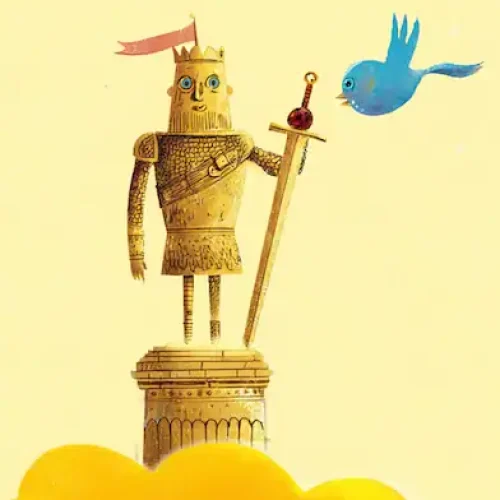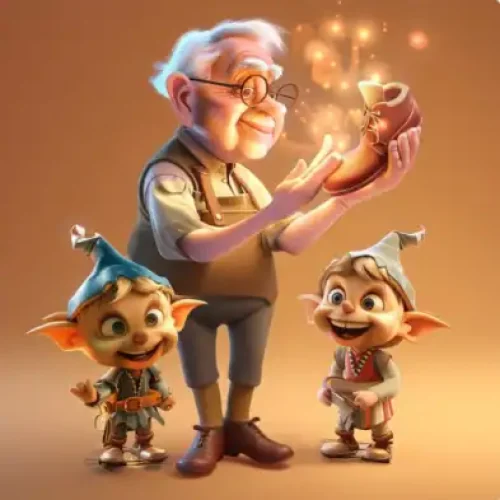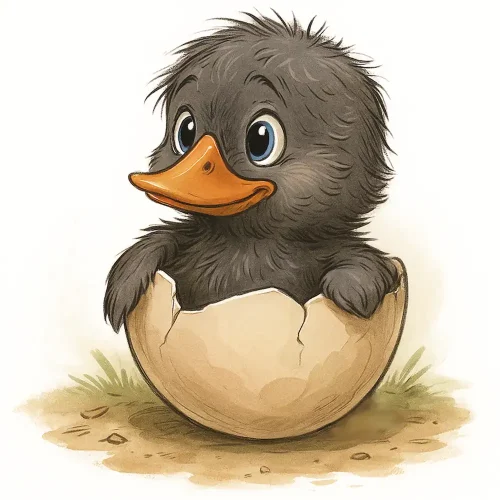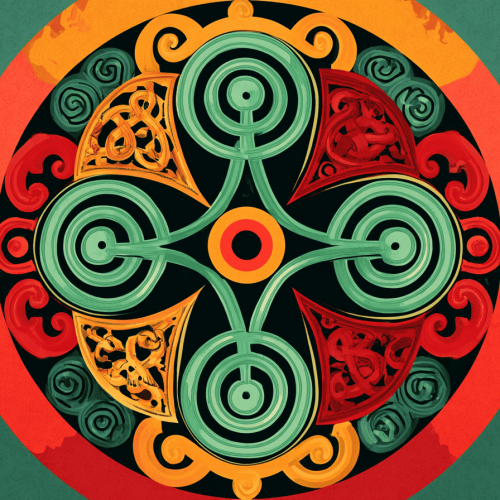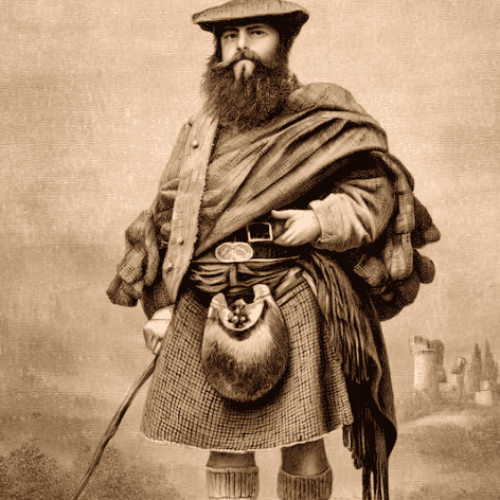Scottish Folklore
Imagine a windy shore, a seal slipping out of its skin, a girl so light she floats and a tiny spider that just won’t give up. Scottish folktales sound like the land itself—sea caves, moors, old towers—and they’ve been told around the fire for centuries. Here’s a parent-friendly way to meet them, enjoy them and pass them on.

Scottish folklore grow from two long-friendly language traditions:
- Scottish Gaelic (Highlands/Hebrides) and
- Scots (Lowlands/Borders).
When we say “Gaelic” here, we mean Scottish Gaelic.
What is a “Scottish folktale,” really?
Think of three threads twisting together:
- Scottish Gaelic tales from the Highlands and islands
- Scots storytelling from the Lowlands and Borders
- A sprinkle of Norse/Pictish flavour on the islands
Because these stories were spoken not printed, they change a little from place to place—but the heart stays the same: a promise by moonlight, a clever turn when danger arrives and courage when things look bleak.
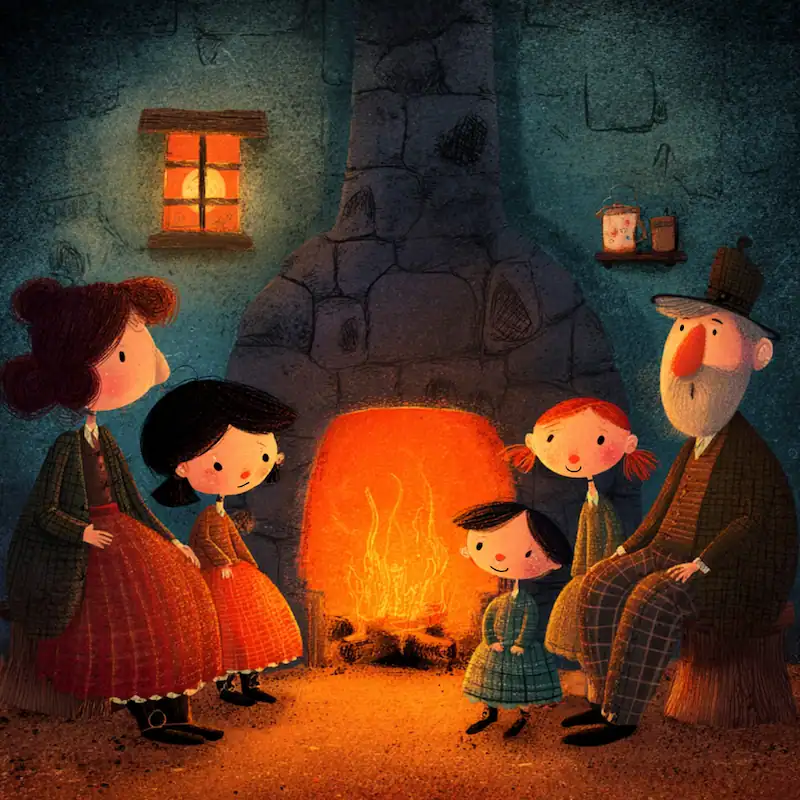
How The Stories Travelled,
Scottish Folktales
First, picture a winter night. The fire is burning bright, family and neighbours gather around. Someone starts a tale; someone else adds a line. In farm bothies, workers swap yarns to pass the cold hours. Travelling people carry a good story over the hills to the next market and the tale picks up a new joke on the way.
Later, collectors write the tales down (John Francis Campbell is a famous name), and in the 1900s people begin recording real voices so the rhythm isn’t lost. Today, you might hear a storyteller at a library—or you might simply tell one tonight on the sofa. Same magic, new room.
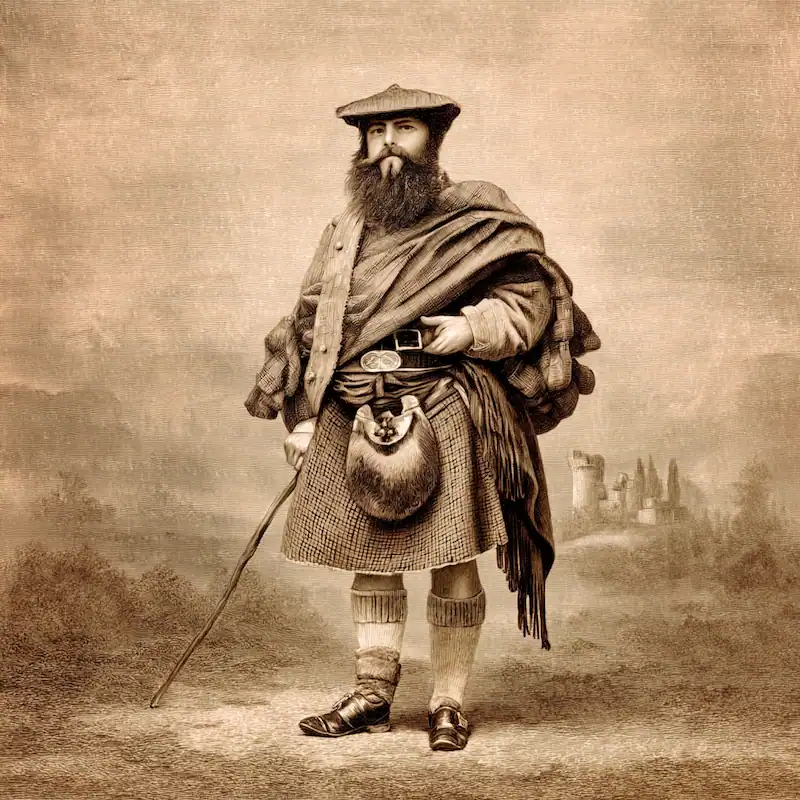
Why these tales still land at home
- Short and musical – easy to read aloud at bedtime.
- Easy to picture – lochs, caves, moors; kids can see it.
- Big feelings, clear choices – promises kept, kindness rewarded, bragging and trickery tested.
- For all ages – little ones love the rhythm; older kids enjoy the puzzles.
Three Scottish Myths & Legends
- Robert the Bruce and the Spider — a King learns resilience from a tiny web.
- The Light Princess — a buoyant girl learns how love helps us “land.”
- Whuppity Stoorie — a fast, funny “guess-my-name” riddle tale.
To read more folklore stories, go to Scottish myths and legends

Scottish Mythical Creatures you’ll meet (family quick guide)
- Selkies — seal-folk who can step onto land. Great for chats about belonging and choice.
- Kelpies — water spirits said to lurk by rivers and lochs (a gentle nudge about water sense).
- Brownies — night-time helpers who like to tidy the homes of kind people (try a bedtime “brownie thank-you” tidy).
- Redcaps — grumpy goblins in old towers—spooky-but-safe fun for older kids.
- Bean Nighe — the “washer at the ford”; best for children who enjoy moodier tales.

Parent mini-toolkit (2–10 minutes, zero prep)
- 60-Second Recap Race (2–3 min)
Timer on. Your child retells the story in under a minute. Swap roles. - Promise Check (3 min) — perfect with Whuppity Stoorie
“Who kept a promise? Who broke one? What happened because of it?” One sentence each. - Three-Box Comic (5–8 min)
Fold paper into three panels: Start – Problem – Clever Bit. Stick figures are fine. Tell the story back using your comic. - Rename the Trickster (3 min) — Whuppity Stoorie
Invent three new names. Vote for the winner. Say it in your most dramatic voice. - Change One Thing (3–5 min)
Swap a single detail: the helper is a brownie, the setting is your town, or the hero is you. Tell just the ending with that change.
One last note
These tales lived because families shared them. Read one tonight, try one mini-activity and see what sparks—a grin, a gasp, a question. That’s the tradition still breathing, right there in your living room.
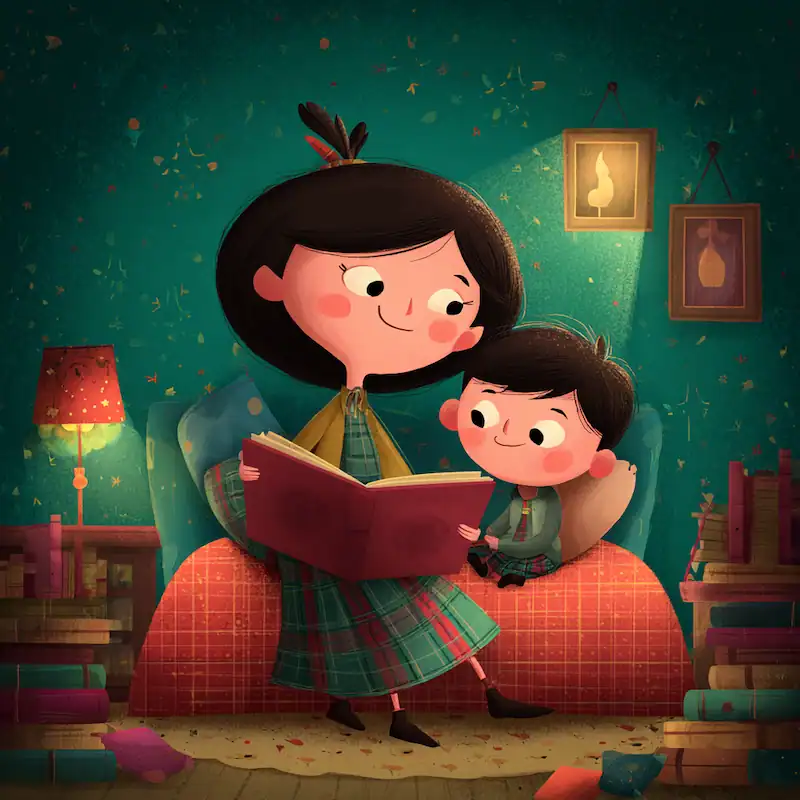 M
M

